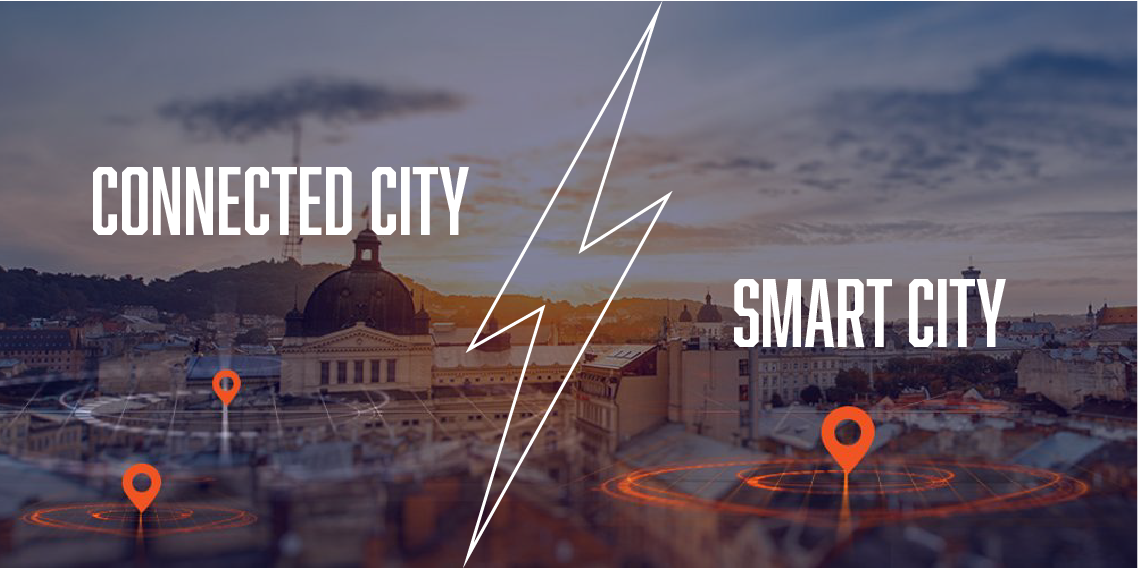The terms “connected city” and “smart city” are often used to describe cities that use advanced technologies to improve the quality of life for their residents and make the city more efficient and sustainable. However, these terms have slightly different meanings and do not refer to the same type of city or community.
The connected city relies on technology to improve citizens’ quality of life
The connected city is a concept that aims to improve the quality of life in the city through the use of technology to provide services to its citizens. Today, more and more cities are adopting connected solutions to better manage resources, optimize travel, improve safety, facilitate exchanges between citizens and city services, etc. The connected city is often implemented in a fragmented way, with solutions tailored to the specific needs of each city.
Mobile applications are one of the means used to make the city more connected. They allow citizens to interact with city services and to report problems on the public highway, such as accidents, deterioration of equipment, etc. They can also provide information in real time to the public. They can also provide real-time information on public transportation, events, local businesses, etc.
Created for connected cities, they can be customized according to the needs of each community. They can be developed to meet specific needs such as waste management, energy optimization, citizen safety, but also tourism development for example.
In order for mobile applications to be effective, a city must make sure upstream that this tool will be used by citizens, that it meets a real need. It is also important to have a reliable and efficient network infrastructure. The city must be equipped with appropriate communication networks to collect data in real time and process it efficiently, while protecting the privacy of users.
Mobile applications for connected cities are a key element to improve the quality of life in the city. They promote participatory democracy by allowing citizens to actively participate in the life of their community. This allows municipal services to better respond to the needs of the population.
The smart city and its broader vision of sustainable urban development and quality of life
The smart city is a more comprehensive concept that requires a strategic vision and a long-term project. A smart city goes beyond simple connectivity, using advanced and innovative technologies to improve the quality of life of its citizens, while reducing its environmental footprint and ensuring efficient use of resources. This implies the implementation of sustainable practices in all aspects of urban life.
A smart city relies on technologies such as data analytics, artificial intelligence (AI), cloud computing and 5G networks to collect and use data in real time. Smart cities also rely on transparent governance practices, citizen participation and open data to involve citizens and stakeholders in the planning and management of the city.
The main objective of a smart city is to create a sustainable and resilient urban environment that meets the needs of its citizens, while preserving natural resources.
A smart city takes a long-term view of sustainable urban development, considering long-term economic, social and environmental issues, while a connected city may focus on short-term technological solutions to meet specific needs.


